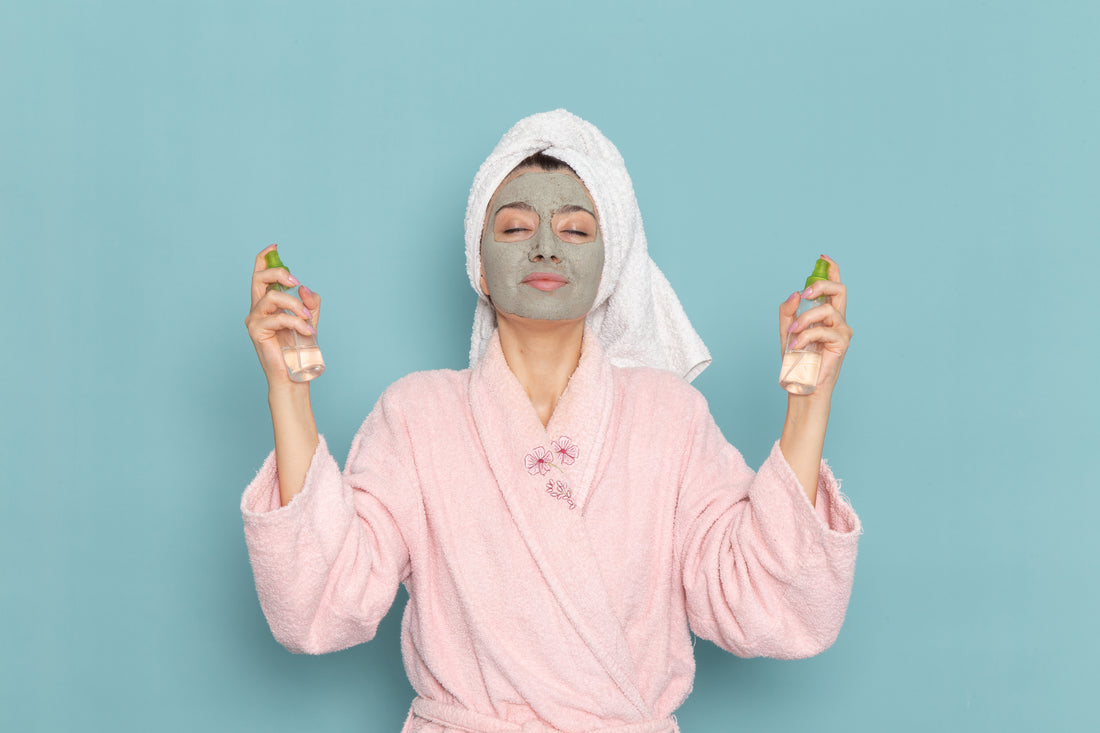The rise of Japanese or Korean skincare routines has been turbocharged by celebrity endorsements. In Japan, actresses like Satomi Ishihara and models such as Rola have long been advocates for simple, elegant Japanese beauty products. They often credit their flawless Japan skins to Japanese skin care brands like Shiseido and SK-II, highlighting products such as the Facial Treatment Essence as their holy grail.
Across the sea, K-pop idols and actors—think BTS’s Jungkook or Blackpink’s Jisoo—swear by multi-step Korean skin care routines. Their glowing, “glass skin” appearances fuel global trends, with fans rushing to purchase best Japanese cosmetics and Korean essences alike. Whether it’s the latest snail mucin ampoule or a beloved Japanese sunscreen, celebrity-driven buzz can help you discover new favorites for your own hybrid routine.
The Science of Fermentation: Why Both Cultures Embrace It
Fermented ingredients are a cornerstone in both Japanese and Korean skincare. Japan’s tradition of fermenting rice to create sake has inspired Japanese skin care products enriched with sake kasu (lees), packed with amino acids and ceramides that boost hydration and brightness.
Korea took fermentation further, using galactomyces and bifida ferment lysate in Korean skin care routines to improve skin barrier function and deliver antioxidants more effectively. This scientific innovation elevates products from simple moisturizers to powerful treatment steps. When choosing between Japanese vs Korean skincare, look for fermented essences or lotions—they’re a testament to both tradition and technology working hand-in-hand.
Dermatologist Perspectives: Professionals Weigh In
Dermatologists often praise the Japanese skin care routine for its minimal irritation risk. Dr. Yoko Hayashi, a Tokyo-based dermatologist, emphasizes that best Japanese skin care products focus on gentle pH-balanced formulas and rigorous sun protection—essential for long-term skin health.
Conversely, Dr. Min-Seo Park in Seoul champions the Korean skin care routine for its targeted approach. She notes that layering light, active-rich products can address issues like hyperpigmentation and aging more quickly, provided users respect patch tests and avoid over-layering. Both experts agree: whether you choose J-beauty’s minimalist route or K-beauty’s multi-step regimen, consistency and sun protection (via top-tier Japanese sunscreens) are non-negotiable.
DIY vs. Store-Bought: Crafting Your Own Treatments
For beauty enthusiasts who love hands-on care, DIY treatments inspired by Japanese or Korean skincare routines can be both fun and cost-effective.
DIY Rice Bran Mask (Japanese-Inspired): Mix 2 tablespoons of rice bran powder with a few drops of camellia oil and enough hydrating lotion to form a paste. Apply for 10 minutes to gently exfoliate and brighten—mimicking effects found in Japanese skin care products.
DIY Green Tea & Honey Soothing Mask (Korean Twist): Brew a strong cup of green tea, mix with raw honey and a teaspoon of yogurt. Leave on for 15 minutes. The blend of antioxidants and probiotics echoes the multi-functional ethos of Korean skin care routines.
While store-bought best Japanese skin care products and K-beauty masks offer convenience and standardization, carefully formulated DIY masks can supplement your routine with natural, wallet-friendly alternatives.
The Future of J-Beauty and K-Beauty: Trends to Watch
As the beauty industry evolves, both Japanese and Korean skincare are setting new trends:
Minimalist Multi-functionals: Expect more hybrid products—like a single lotion that cleanses, tones, and hydrates—bridging the gap between Japanese skin care simplicity and K-beauty innovation.
Microbiome-Friendly Formulas: Probiotics and postbiotics will feature heavily in both Japanese and Korean beauty products, supporting the skin’s natural ecosystem.
Sustainable Refills and Refill Stations: Many Japanese skin care brands are piloting eco-friendly refill stations, while Korean skin care routines are moving towards biodegradable packaging.
Watching these trends will help you stay ahead in the Japanese vs Korean skincare conversation, ensuring your routine remains cutting-edge yet respectful of tradition and the planet.
With these additional insights—celebrity impacts, fermentation science, expert opinions, DIY options, and future trends—you have a comprehensive view of what makes the Japanese or Korean skincare routine so beloved worldwide. Whether you’re drawn to J-beauty’s timeless rituals or K-beauty’s fast-paced innovations, the key is to tailor the approach to your unique skin needs for lasting, radiant results.
